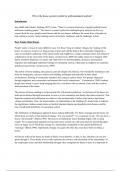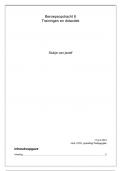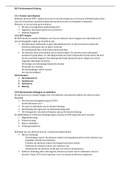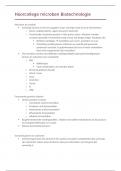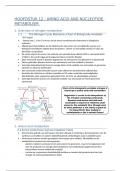Essay
Social Anthropology 1A: Final Essays
- Institution
- The University Of Edinburgh (ED)
Two 1,500-word essays responding to the assigned prompts: Why is the house a potent symbol for anthropological analysis and Why do rituals heal? Both responses are well-researched and focus on large scope, cross-cultural observations obtained through extensive reading. Bibliography is extensive and...
[Show more]
